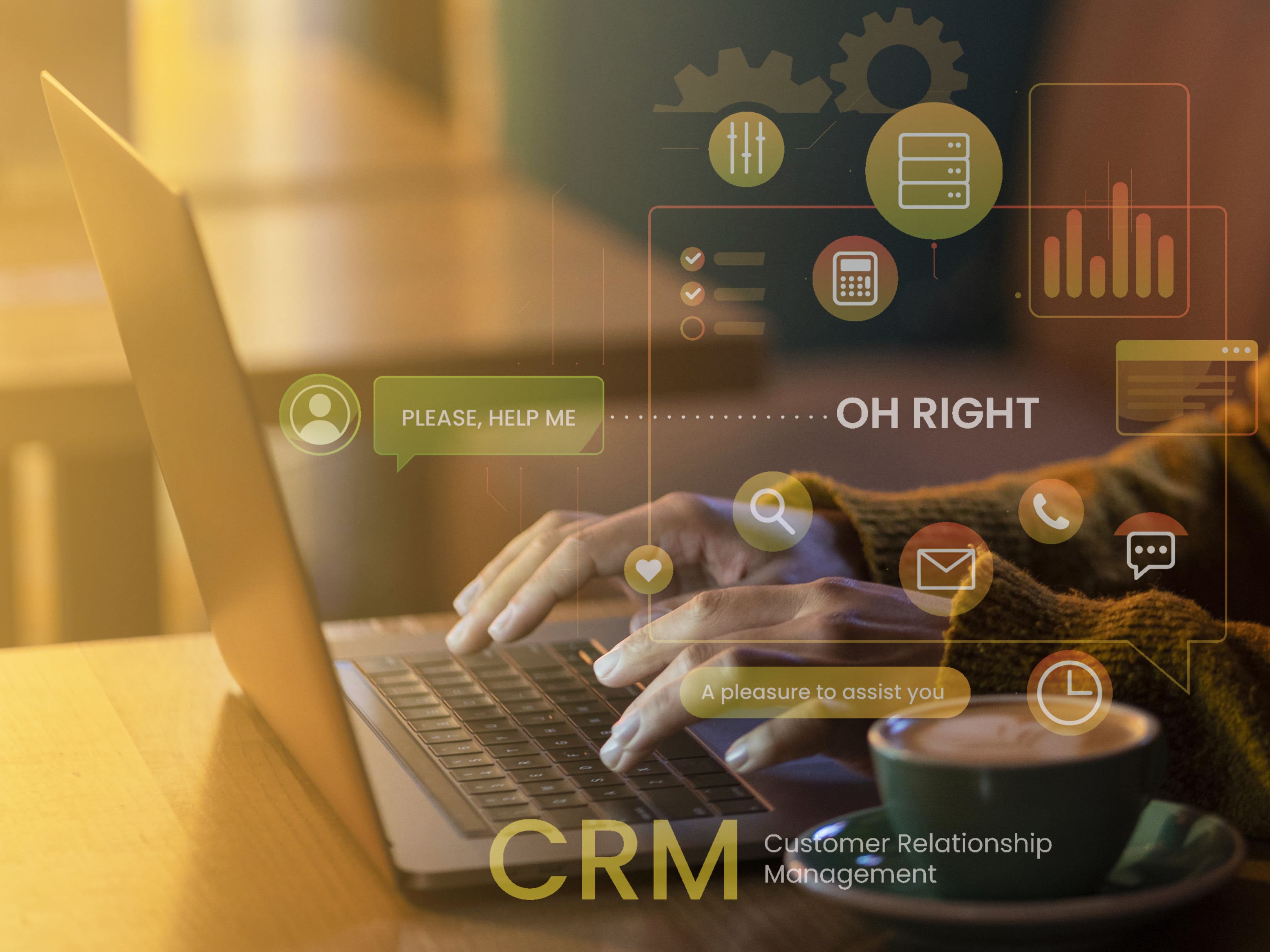
5 levers to improve the product experience without reinventing your e-commerce site

Despite growing web traffic, many e-commerce sites struggle to effectively convert their visitors into buyers. The natural reflex is often to blame the site's technical interface: outdated ergonomics, limited CMS, too long purchase tunnel... Yet in many cases, the real sticking point lies elsewhere: in the quality of the product experience offered to the customer.
An uninviting, poorly-structured or incomplete product sheet is enough to drive away web users. And contrary to popular belief, it's not always necessary to redesign an entire site to significantly improve sales performance. A redesign represents a major investment in terms of time, budget and internal resources - with no guarantee of short-term results.
The good news is that it's entirely possible to boost the product experience by working directly on content, thanks to simple, targeted actions. Particularly if you have Product Information Management software (PIM), which enables you to centralize, structure and enrich your product data.
Here are 5 concrete ways to immediately improve the product experience, without touching the architecture of your e-commerce site.
Lever 1: Enrich visuals
Visuals play a decisive role in the online purchasing act. In the absence of physical contact with the product, the image becomes the primary vector of trust for the customer. According to a Justuno study, 93% of consumers consider visual appearance to be a key factor in their purchasing decision.
Yet many product sheets are still limited to a simple packshot on a white background. This is not enough to trigger an informed and reassuring purchase. Today's buyers expect a richer, more immersive visual experience:
- 360° views to observe the product from every angle;
- High-definition zoom for enhanced detail;
- Demonstration videos to see the product in action;
- Situational scenarios to project your use of the product;
- Technical views for complex or professional products.
The challenge is to maintain visual consistency across the entire catalog and all channels. This is where a PIM connected to a DAM (Digital Asset Management) becomes strategic: it centralizes media, guarantees their quality, and distributes them uniformly across all points of contact (site, marketplace, mobile, PDF catalog, etc.).
The result: a product experience that's more engaging, more professional, and above all, more efficient.
Lever 2: Leverage product storytelling
In an ultra-competitive environment, a product's technical features are no longer enough to convince. To capture attention and create an emotional connection with the customer, you need to tell a story. This is what product storytelling is all about: giving meaning to what we sell, beyond its simple functionality.
Effective storytelling is based on several elements:
- The origin of the product (where, how and why it was designed) ;
- The inspiration behind its creation;
- Its real, even unexpected uses;
- Brand values (sustainability, ethics, local, etc.) ;
- And even anecdotes or customer testimonials to humanize the offer.
This is where the PIM plays a central role: it structures and centralizes this narrative content, often divided between marketing, product and communication teams.
Result: thanks to enriched fields, dedicated blocks or distribution rules, teams can easily integrate these differentiating elements and adapt them to each channel (e-commerce site, marketplace, catalog, etc.).
Lever 3: Reorganize information
One of the most common mistakes made on product sheets is the overloading of poorly hierarchical information. Too much technical data drowned in text, a lack of visual structure or a pile of blocks without logic can hinder comprehension and discourage purchase. Good product content shouldn't say everything at once, but should guide the reader by giving the essentials first, then allowing the user to delve deeper at his or her own pace.
To achieve this, a number of best practices are essential: clearly segment the types of information (technical, emotional, logistical, etc.), use titles, icons, bubbles and even tabs to aerate and structure. This kind of formatting speeds up decision-making while reducing the risk of error or confusion.
This is where PIM becomes a strategic ally. It enables each product sheet to be structured according to a model adapted to the product's typology: key argument, benefits, technical characteristics, compatibility, etc. These models can be automated by family or channel, guaranteeing consistency on a large scale. These models can be automated by family or channel, guaranteeing large-scale consistency.
The result: more readable, more engaging forms, and a lower bounce rate.
Lever 4: Work on key attributes
On an e-commerce site, internal search and filters are much more than a simple navigation convenience: they are decisive conversion levers. When customers can't find what they're looking for in a few seconds, they leave the page. And very often, the problem lies not with the search tool itself, but with the quality of the product attributes.
A poorly categorized product, with missing, ambiguous or inconsistent attributes, becomes invisible. It's impossible for users to filter by size, material or compatibility, for example. This lack of information is detrimental to both the user experience and the site's internal referencing.
The solution involves an analysis of customer usage: what sorting criteria are most frequently used? The most decisive in conversion? Once identified, these attributes must be systematically and uniformly entered into the PIM.
The PIM centralizes the management of this data: it can define standard attributes by product type, automate their completion, and even control their quality via validation rules or AI tools.
The result: smoother navigation, more visible products and optimized conversion.
Lever 5: Personalize content by channel
In an increasingly multi-channel commercial world, each point of contact with the customer has its own specificities and requirements. Whether it's an e-commerce site, a marketplace, a mobile application, a physical point of sale or a PDF catalog, product content cannot simply be duplicated from one channel to another. Duplicating or truncating information without adaptation often leads to a loss of relevance, damaging message clarity and customer engagement.
The solution is to adapt the content produced, in both form and content, to the distribution channel. This means, for example, adjusting the length of descriptions, the tone of voice, the format of visuals, or offering market-specific translations. On a marketplace like Amazon, descriptions must respect precise constraints, with a vocabulary optimized for SEO and conversion, while on a mobile site, the presentation must be concise and quick to read.
This is where PIM really comes into its own: it orchestrates the omnichannel distribution of content, by centralizing several versions of the same product sheet, adapted to each channel.
As a result, marketing teams can effectively manage these variants without multiplying tasks or risking errors.
Increasing traffic isn't enough if product sheets don't convert. Without a complete overhaul of your site, it's possible to quickly improve the product experience by optimizing visuals, storytelling, information structure, key attributes and multi-channel adaptation.
With a centralized PIM , you can enrich your content, ensure consistency across all channels (e-commerce, marketplace, mobile...) and meet customer expectations more effectively. This article presents 5 concrete levers for transforming the product experience into a conversion driver, with a direct impact on engagement and sales performance.








_Leader_Mid-Market_Leader.svg)

_MomentumLeader_Leader.svg)

_BestResults_Enterprise_Total.svg)
_EasiestToUse_Enterprise_EaseOfUse.svg)
_UsersMostLikelyToRecommend_Enterprise_Nps.svg)






